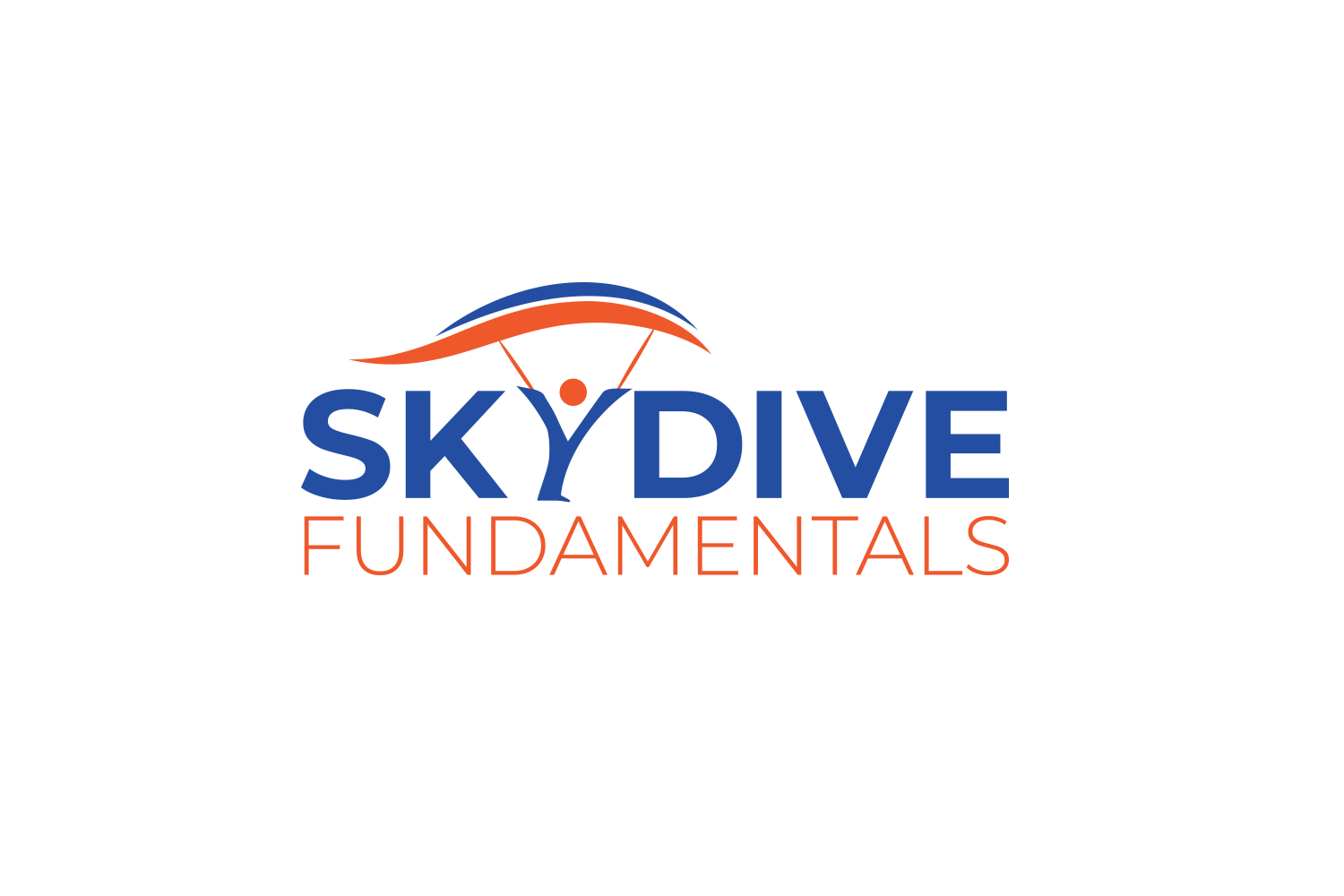USPA License Requirements and Privileges
What is USPA?
The United States Parachute Association (USPA) is a membership organization for skydivers. It is the official United States skydiving representative for the following sporting bodies: NAA (National Aeronautic Association) and FAI (Federation Aeronautique Internationale). Additionally, UPSA is recognized by the FAA (Federal Aviation Administration) as the represenative of skydivers.
What does USPA do?
USPA’s mission can be broken down into three parts:
to promote safe skydiving through training, licensing and instructor qualification programs
to ensure skydiving’s rightful place on airports and in the airspace system
to promote competition and record-setting programs
What are the USPA licenses?
USPA Licenses are issued when a skydiver is able to demonstrate a certain level of skill, knowledge, and experience.
A License
Students that ar just beginning to learn how to skydive work towards their A license. Once they have been able to show mastery of the skills found on the A License Progression card, shown their skydiving knowledge on a written and oral exam, and accumulated at least 25 skydives, a student is able to apply for an A license.
With an A license, skydivers are able to jump without supervision, pack their own main parachute, make basic jumps with other licensed skydivers, and perform water jumps,.
B License
B licenses require at least 50 jumps and 30 minutes of freefall time: 10 of the jumps must be formation jumps (relative work of freeflying) and 5 of these must be 3-ways or bigger. A skydiver also needs at least 10 landings within 33 feet of a pre-determined target, intentional water training, and completed a B License Canopy Proficiency card. There is a written exam to take before the license application is complete.
With a B license, skydivers may perform night jumps, and they become eligible for a coach rating when they accumulate at least 100 skydives.
See our B License Study Guide for all the information needed to pass the exa.
C License
C licenses require at least 200 jumps and 60 minutes of freefall time: 50 of the jumps must be formation jumps (relative work or freeflying) and 10 of these must be 4-ways or better. A skydiver also needs at least 25 landings within 7 feet of a pre-determined target, and take a written exam.
The C license allows you to perform certain demonstration jumps and you become eligible for AFF and SL/IAD instructor ratings. In addition, you may be passenger for those skydivers pursuing their Tandem instructor rating or those needing rating renewal jumps.
D License
D licenses require at least 500 jumps and 3hours of freefall time. To be eligible for a D license, a skydiver must take a written exam and have completed two of the following skill requirements:
night jump
100 landings within 7 feet of a pre-determined target
participate in a canopy formation of a 3 stack (or higher), completing a full rotattion
intentional water jump
100 formation jumps (relative work or freeflying) and 25 of these must be 8-ways or better
These skills may be repeated to satisfy the skills requirement. For example, a skydiver may show two logged night jumps.
With a D license, a skydiver is now eligible for all USPA ratings.
How long is my license valid?
As long as your USPA membership is valid, then so is your license.
How should license requirements be logged?
USPA requires the following information be logged (on paper or digitally):
jump number
date
location
exit altitude
freefall length (time)
type of jump (formation skydiving, freeflying, canopy formation, style, etc.)
landing distance from the target
equipment used
verifying signature to include a legible USPA membership number, skydiving license number, or pilot certificate number
For jumps that will be used to satisfy jump number requirements for a license, have another licensed jumper that witnessed the skydive sign the logbook entry, However, if the jump will be used to statisfy a skill requirement, then you should have an instructor or higher rating holder sign that jump log entry.




